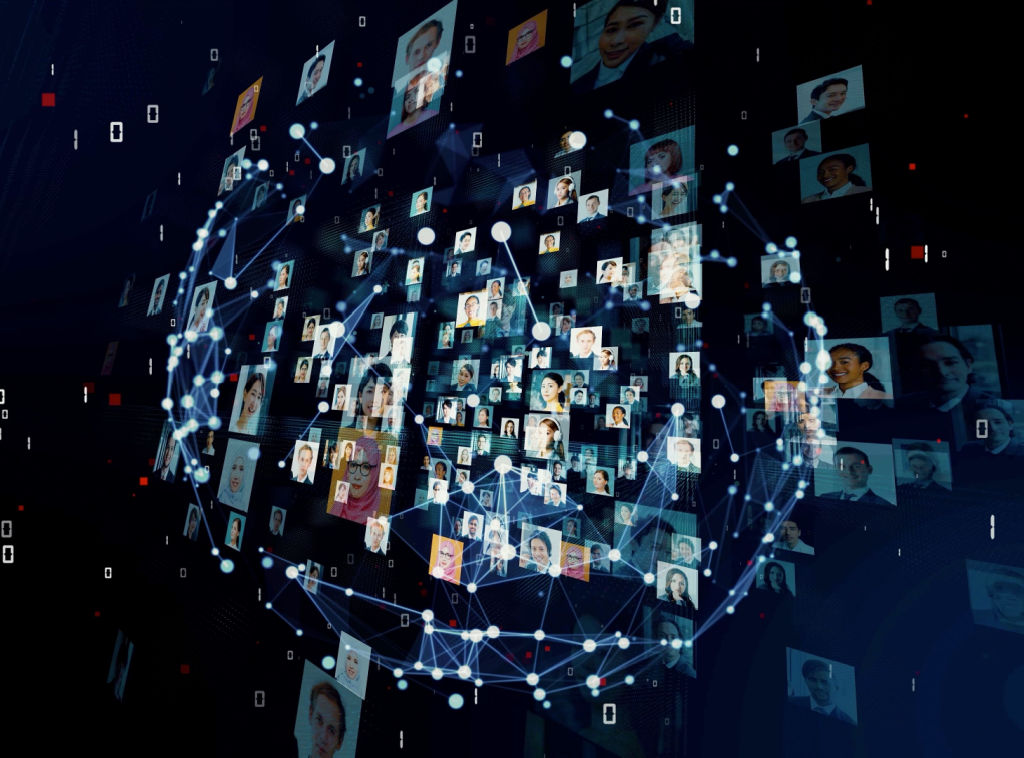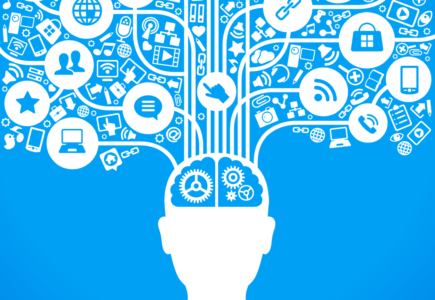Human trafficking is a global crisis that affects people of all ages, often for forced labor or sexual exploitation. In today’s digital world, traffickers can easily target, contact, recruit, and impersonate victims using online platforms. Social media has become a primary tool for traffickers—not just to find victims, but to advertise them to potential buyers. The anonymity and reach of the internet appeal to both traffickers and consumers.
How Traffickers Use Social Media
Social media provides traffickers with anonymity, scalability, and reach. Platforms like Facebook, Instagram, Snapchat, Kik, MeetMe, WhatsApp, Tinder, Grindr, and even Craigslist are frequently used to:
-
Lure potential victims with fake job offers or romantic relationships.
-
Advertise victims to buyers using coded language, photos, prices, and contact details.
-
Create fake profiles to impersonate victims or remain anonymous during illicit communication.
-
Isolate and control victims by monitoring their online activity or posing as trusted connections.
In some cases, traffickers use Facebook Groups to coordinate recruitment, financial transactions, and travel logistics—often hiding in plain sight.
Real-Life Cases
Several high-profile cases highlight how social media facilitates trafficking:
-
In 2014, Sarah Cooper was approached and groomed on Facebook by a trafficker who eventually abducted and held her captive for two weeks.
-
A 17-year-old girl was groomed through Facebook Messenger and text messages by a 32-year-old trafficker. She was eventually trafficked but managed to escape.
-
The website Backpage.com, which once hosted 80% of all online sex ads, was seized by authorities due to its role in facilitating exploitation.
How OSINT Can Help
While social media has been exploited by traffickers, it also presents powerful opportunities for detection and disruption through OSINT.
Some tools and techniques include:
-
Location services: If enabled on a device, they can help pinpoint a victim’s last known location.
-
PhotoDNA: Developed by Microsoft, this technology identifies images with known hashes to track and remove exploitative content.
-
Thorn’s Industry Hash Sharing Platform: Allows platforms to share photo hashes and block abusive content before it’s circulated.
-
Behavioral analysis: Skilled analysts can detect patterns in online behavior, identify at-risk individuals, and assist law enforcement with sting operations.
The Importance of Social Media in the Fight
Open-source, public content allows investigators to collect publicly available information from social media platforms, forums, websites, and databases. When used ethically and strategically, it helps law enforcement:
-
Track down traffickers
-
Locate missing persons
-
Gather evidence
-
Understand trafficking networks and behaviors
Final Thoughts
Human trafficking is complex and difficult to combat, but the digital trail traffickers leave behind is becoming harder to erase. Although social media may be part of the problem, public information found online paired with expert analysis, is also part of the solution.
Have a case that could benefit from social media and open-source research? Contact SMI Aware to learn more about how we can support your discovery and due diligence when it comes to investigating human trafficking cases.




